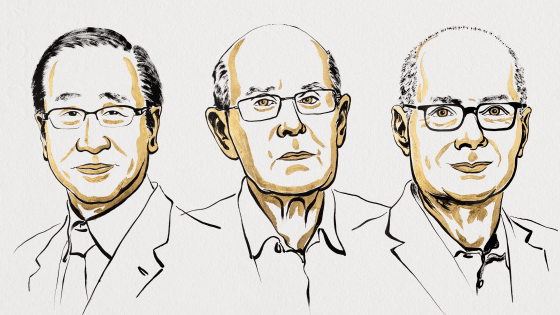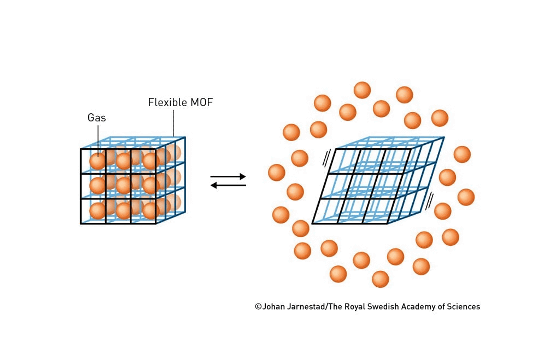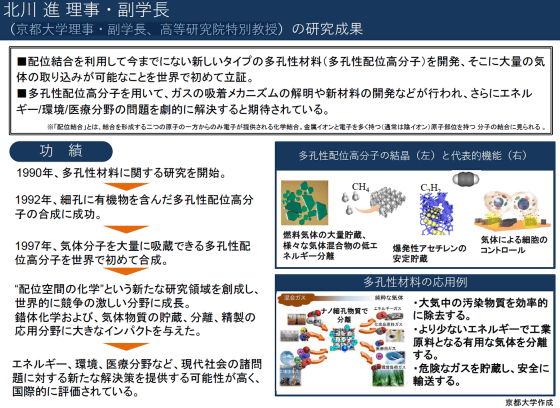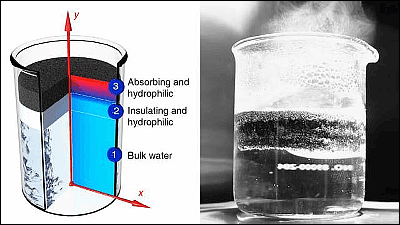What is the use of the 'metal-organic framework (MOF)' developed by Susumu Kitagawa et al., winner of the 2025 Nobel Prize in Chemistry?

By
The 2025 Nobel Prize in Chemistry has been awarded to Susumu Kitagawa, Richard Robson, and Omar Yaghi for their work on metal-organic frameworks (MOFs). MOFs are also known as porous coordination polymers ( PCPs) or porous metal complexes, and are expected to be used in a wide range of applications, such as capturing carbon dioxide from the air and collecting water from the desert.
Nobel Prize in Chemistry 2025 - Popular information - NobelPrize.org
https://www.nobelprize.org/prizes/chemistry/2025/popular-information/
Executive Vice President and Distinguished Professor at the Institute for Advanced Research Susumu Kitagawa Wins Nobel Prize in Chemistry | Kyoto University
https://www.kyoto-u.ac.jp/ja/news/2025-10-08-2
MOFs are made by assembling organic compounds into a three-dimensional structure using metal ions, and are characterized by a porous structure with countless nanometer-sized holes. The holes in MOFs can adsorb and store gases. Furthermore, the structure of MOFs can be flexibly controlled, and by adjusting the size of the holes, it is possible to selectively store only the target gas, such as water molecules or carbon dioxide molecules.

MOFs are expected to be used in a variety of applications, including 'efficient removal of pollutants from the atmosphere,' 'efficient separation of useful gases in chemical plants,' 'storage and safe transportation of dangerous gases,' and 'collecting water molecules from desert air to provide water.' The Nobel Prize Committee praised the achievements of Kitagawa and his colleagues, stating, 'Some researchers believe that MOFs have great potential to become the 'materials of the 21st century.' Time will tell how they will turn out. Susumu Kitagawa, Richard Robson, and Omar Yaghi have provided new opportunities to solve the challenges we face.'
At the time of writing, Kitagawa serves as a trustee, vice president, and special professor at Kyoto University's Institute for Advanced Research, and also serves as an advisor to a chemical company. Kitagawa began his research on porous materials in 1990 and successfully synthesized a porous coordination polymer in 1992. In 1997, he synthesized the world's first porous coordination polymer capable of storing large amounts of gas molecules. The theory of MOFs itself was proposed by Robson in

You can watch the video below to see the actual press conference held with Kitagawa shortly after the announcement of the Nobel Prize in Chemistry. Several interesting topics related to the development of MOFs were raised during the press conference, and at around 37 minutes and 9 seconds , he talks about the moment he came up with the idea for the MOF structure: 'In 1992, I was using Kyoto University's large-scale computing center to determine the structure of a crystalline material. While waiting for the computer to load, I was looking at the incomplete structure, and noticed that there were countless neatly-spaced holes, each containing organic molecules. When I saw that, I thought, 'This is interesting,'' he says.
[Uncut] Nobel Prize in Chemistry, Professor Susumu Kitagawa of Kyoto University, Press Conference - YouTube
Related Posts:
in Science, Posted by log1o_hf







